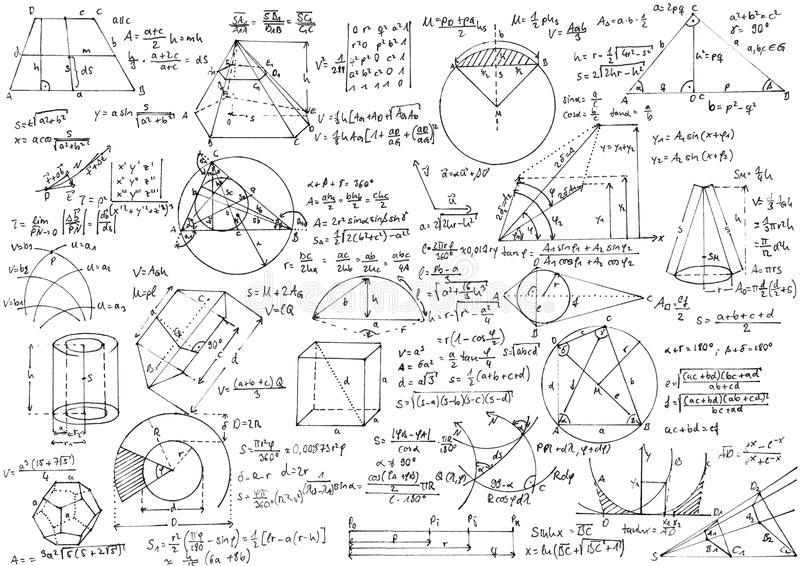Geometry is the branch of mathematics that deals with shapes and their properties. It is wonderfully conceptual, intuition-laden, and pleasantly abstract. But what exactly are supplementary angles? Supplementary angles were first introduced in the ancient Greek era. Along with the topic of all other geometrical topics such as triangles, right triangles, etc., supplementary angles began being used and studied more and more throughout the ancient Greek era. These studies contributed to much of the information we know today of geometrical shapes.
Geometry is a subject that teaches us how to measure and locate angles. As a result, learning the fundamentals of various types of angles and how to draw them is required for a proper study of geometry. Math worksheets are critical for understanding these fundamental concepts in-depth and effectively. Free worksheets on a variety of math topics are available on many websites, such as www.cuemath.com. They’re also easy to print and can be downloaded for free. There are a number of worksheets to choose from based on the child’s understanding level, depending on his or her age. They’ve been made interactive and engaging so that the students enjoy following them.
Let us see first what an angle is. When two line rays intersect at a point, an angle is created. These rays have a common point, also known as the angle’s vertex. An angle has a length measured in degrees, and its direction can be given as the line connecting the two points where the line segment extends.
We must have often heard qualitative terms such as straight, angled, lying down, and so on. It’s a normal occurrence in the natural world for two lines or planes to not always be perfectly matched with each other. The magnitude of the difference in their orientation is measured in ‘degrees,’ and the difference in their orientation is measured using a particular mathematical parameter called the ‘angle.’ The line used to draw the angle is called an arc. And then, there are obtuse and acute angles, supplementary and complementary angles, and so on.
If we imagine the two rays forming an angle with orientations that are exactly opposite, they will form a 180-degree angle in the center, and the two rays will appear to be one straight line. This is where the value of 180 comes into play since this is the angle that the seemingly straight line is creating. In a diagram, both 180 degrees and 0 degrees appear to be the same, but it’s essential to remember that it’s a ray, so the path is crucial.
Other types of angles in geometry include complementary angles, which are those when the number of two angles is equal to 90 degrees. While when two lines intersect at X, vertical angles are created, and the two opposite angles at the intersection point are called vertically opposite angles.
So, to sum up, the concept of supplementary angles in simple terms, it would be when two angles sum to a total of 180 degrees, they are called supplementary, and also, they do not necessarily have to be adjacent angles.
Supplementary angles are used throughout many different fields, but they are mainly used in math and physics. One field that utilizes this topic a lot is cosmology, where it is applied to star rotation patterns and orbits. These studies also contribute to the information we know about stars and other planets. Another field that uses supplementary angles is air force. They use their study to determine if there are planes flying over the enemy, another topic that uses supplementary angles is medicine too.

